Someone asked me yesterday if I could recommend a monitor. Now, when choosing a monitor, besides size and brand, there are other aspects we should consider. Today, I want to share with everyone some key points to keep in mind when selecting a monitor.

First and foremost, the size of the monitor is crucial—should you go for 22 inches or 24 inches? Or perhaps 27 inches or even 30 inches? These measurements refer to the diagonal size, not the edge length. Generally speaking, 22 to 24 inches corresponds to a resolution of 1080P, while 27 to 30 inches suits resolutions from 2K to 4K. That’s pretty straightforward, right? But today, I want to talk about something else beyond size.
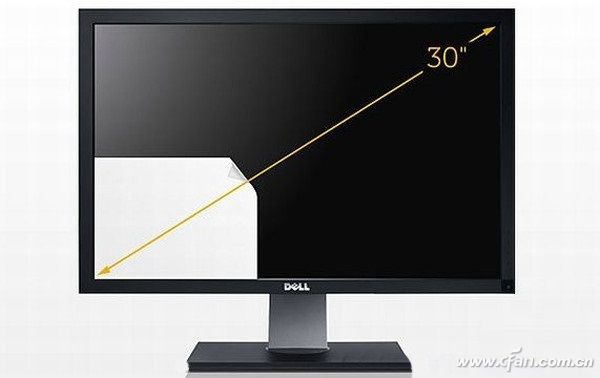
Panel quality is paramount
The most important factor when it comes to a monitor is undoubtedly the screen panel. Due to different manufacturing techniques, these panels are categorized into various types. (Note that regardless of the screen type, the vast majority of them, except for OLEDs, are still some form of LCD.) The cheapest and lowest quality is the TN panel, which offers little advantage other than affordability—though this type of screen is rarely seen nowadays (some older laptops may still use them). Many budget monitors, however, do feature IPS panels. Their most noticeable characteristic is their softer feel, often referred to as "soft screens."

Next up is the IPS panel. IPS is essentially a general term for LG panels (BOE and Chi Mei also fall under this category). There are three main types of IPS: E-IPS, S-IPS, and H-IPS. Currently, S-IPS is virtually non-existent. E-IPS and H-IPS dominate, offering a cool overall tone and faster response times. Two immediate characteristics of this screen are its "hard screen" feel and its pronounced light leakage issue. In a completely dark display, you'll notice irregular light leakage along the edges.
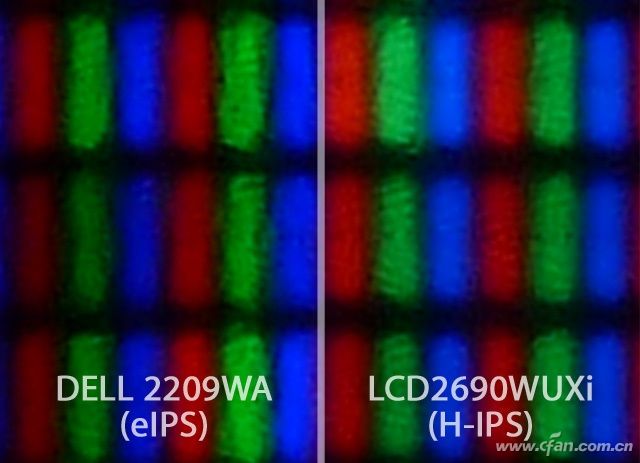
Another close cousin of the IPS screen is PLS, which can be considered the Samsung equivalent of LG's IPS screens. These two types of IPS screens dominate the global display market. PLS screens from Samsung are notable for their higher brightness. The display quality is excellent, though there is still some degree of light leakage. After all, they're made from the same family of technologies.
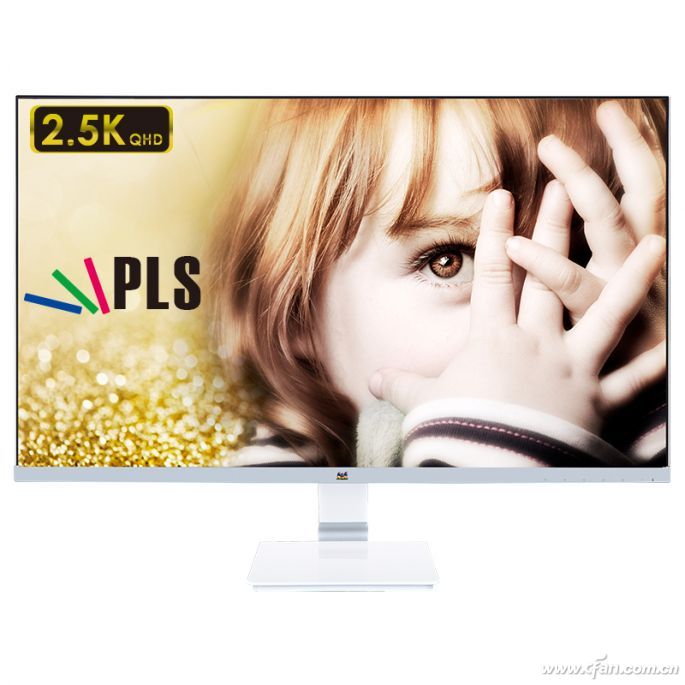
In fact, there are several other display panel technologies, but they have largely been phased out by the mainstream market, making it hard to find corresponding products today. I won't delve too deeply into those here.
LED vs LCD: Not the same thing
For a long time, the concepts of LED and LCD in monitors were often misunderstood. All LCDs are essentially backlit by LEDs, so LED and LCD are not parallel concepts. LEDs (Light Emitting Diodes) were developed to replace older CCFL lamps (similar to fluorescent lights) to provide LCD panels with light and color.

Additionally, OLED is not an evolution of LED but rather a flat-panel display technology that stands alongside LCD. OLED uses organic light-emitting diodes for display purposes. If OLED is used, it doesn’t require a backlight—it emits its own light and colors. This makes OLED a potential successor to LCD.
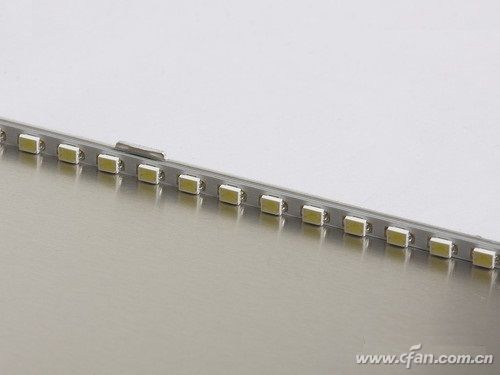
What about curved screens?
Besides panel type, size, and color, another trend in monitors is the curved screen. Curved screens come in various degrees of curvature, including 4000R, 3000R, and 1800R models. So what exactly does this curvature mean?
Curvature refers to the degree of bending of a curve at a given point. In the context of displays, curvature is expressed in terms of the radius of the circle to which the curve belongs. For instance, 1800R indicates the degree of curvature of a circle with a radius of 1.8 meters. This provides a good way to understand it.
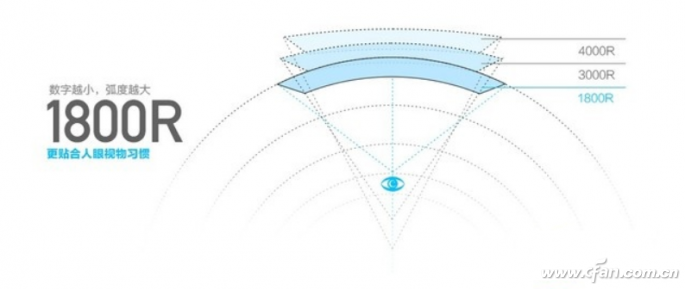
There’s also the topic of monitor color, which I mentioned briefly in my previous post titled "A Few Things You Should Know When Buying a Monitor." Additionally, I discussed the monitor refresh rate in "Do You Need a 144Hz Monitor?" If you’re interested, check those out. I won’t repeat everything here to save your time. If you have any questions, feel free to ask in the comments section below.

Class AB Amplifiers
Class D Amplifiers
professional power amplifier,high powered amplifier,digital amplifier,class d power amplifier
Guangzhou Aiwo Audio Technology Co., LTD , https://www.aiwoaudio.com